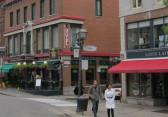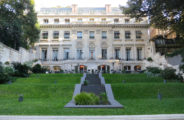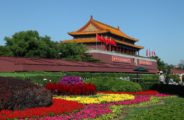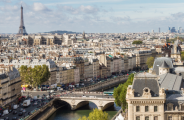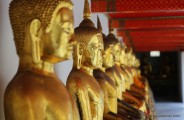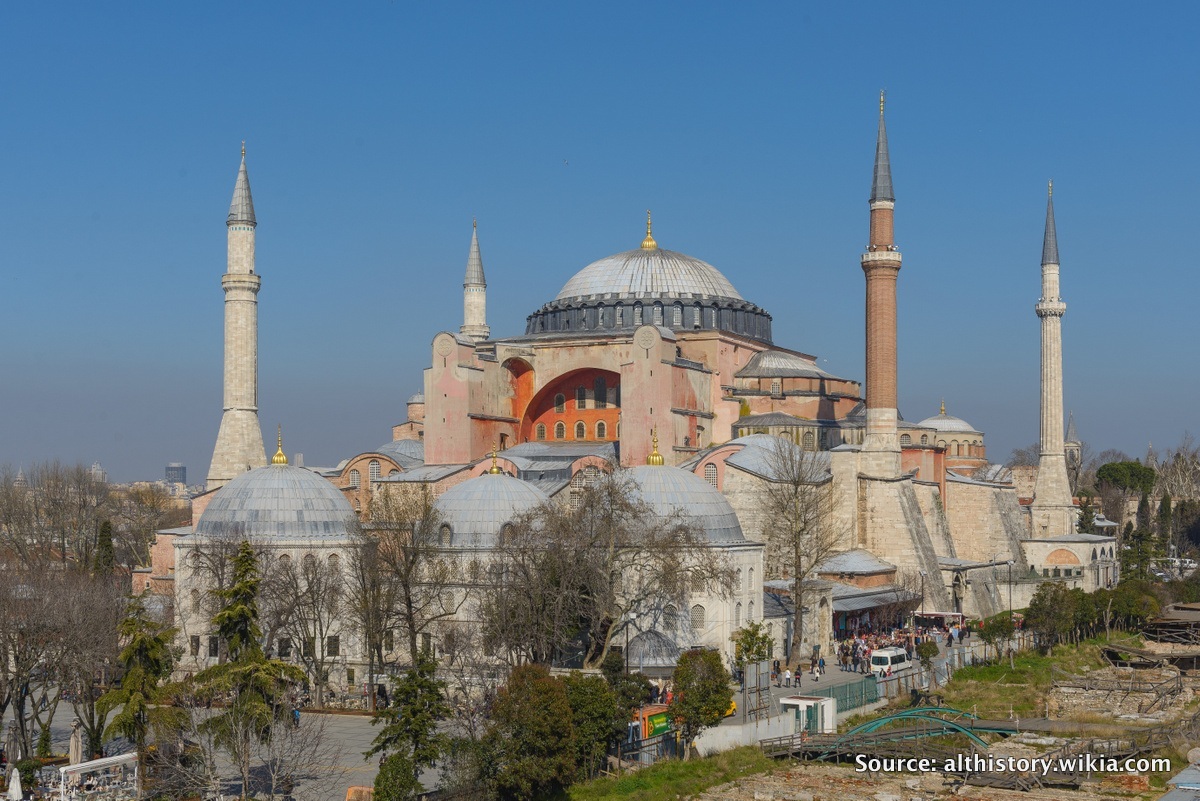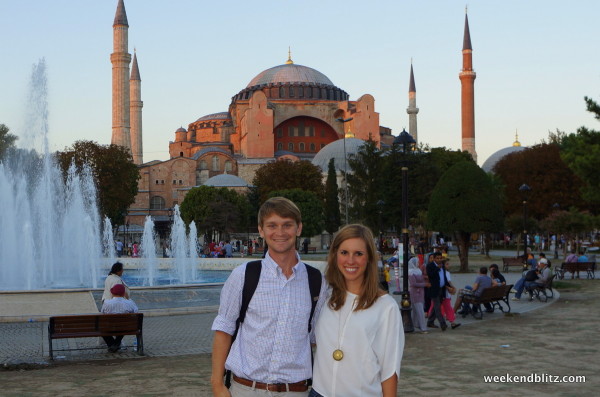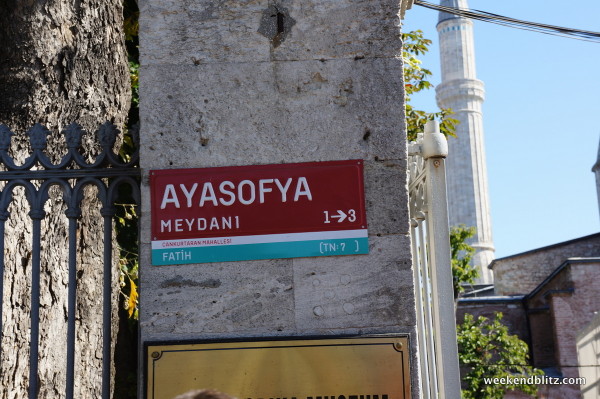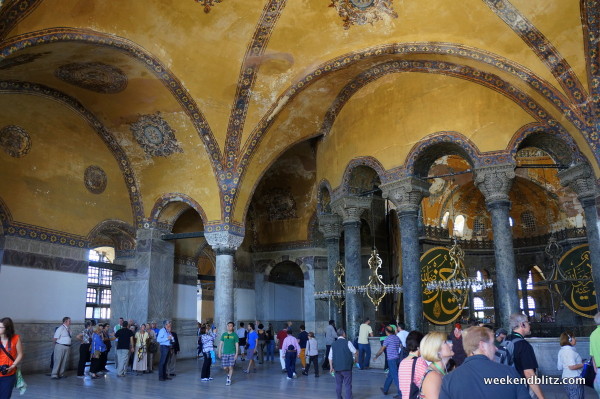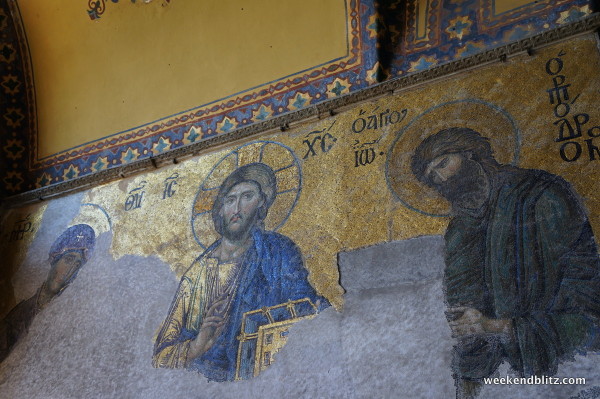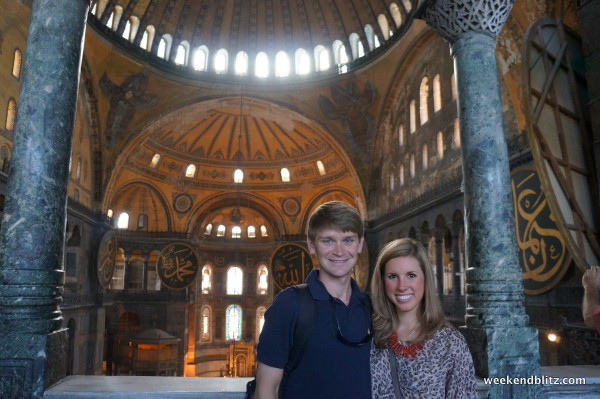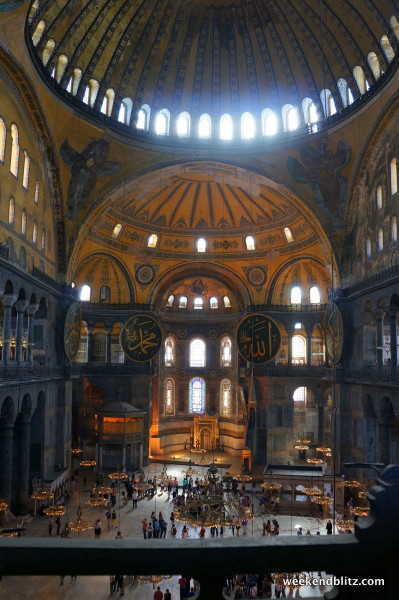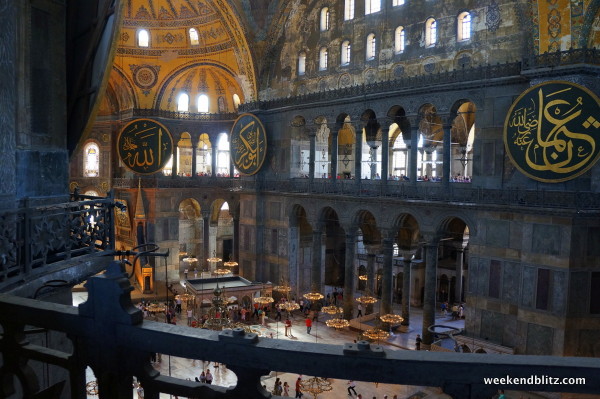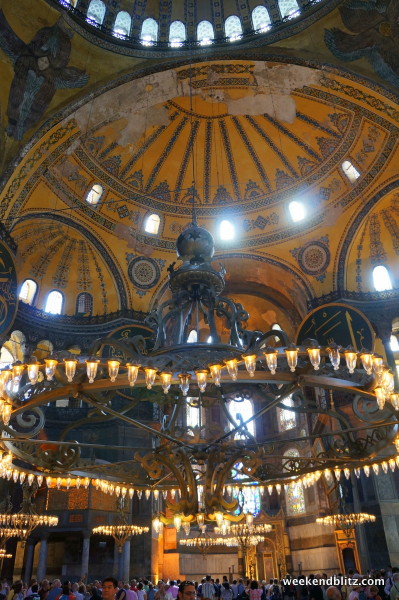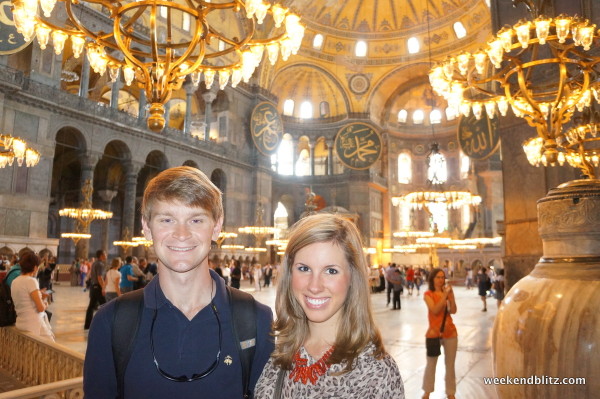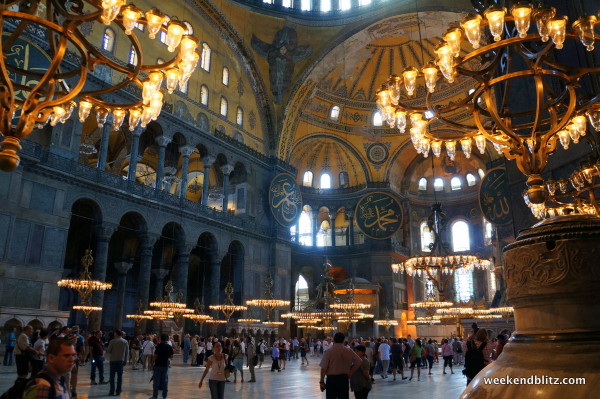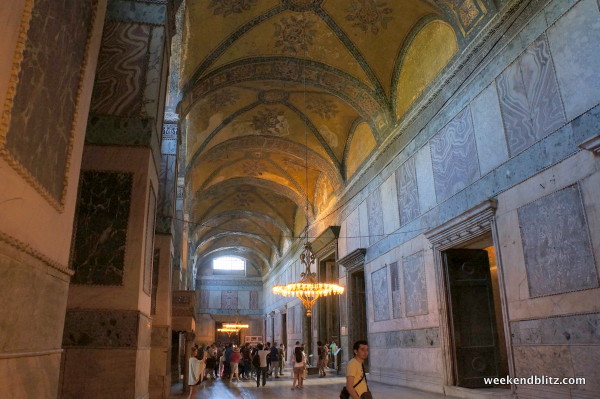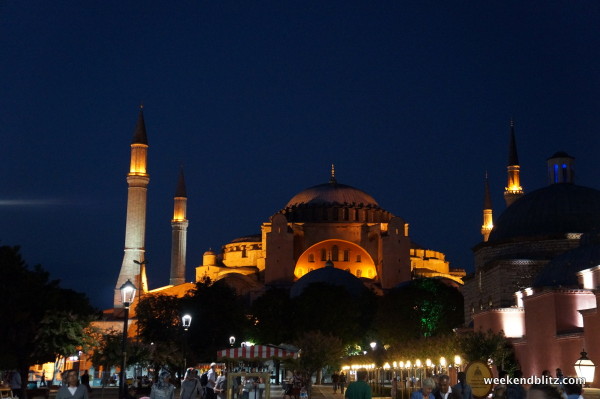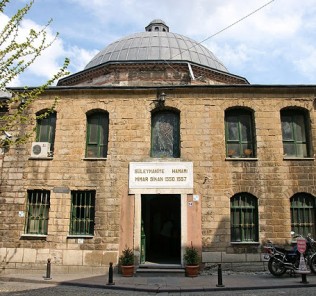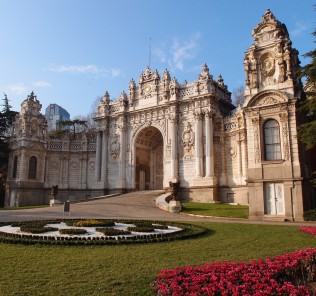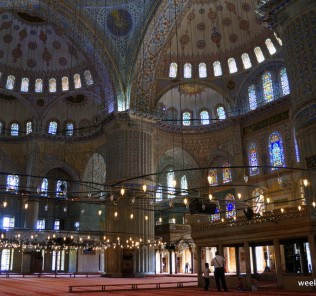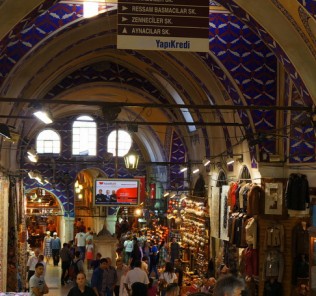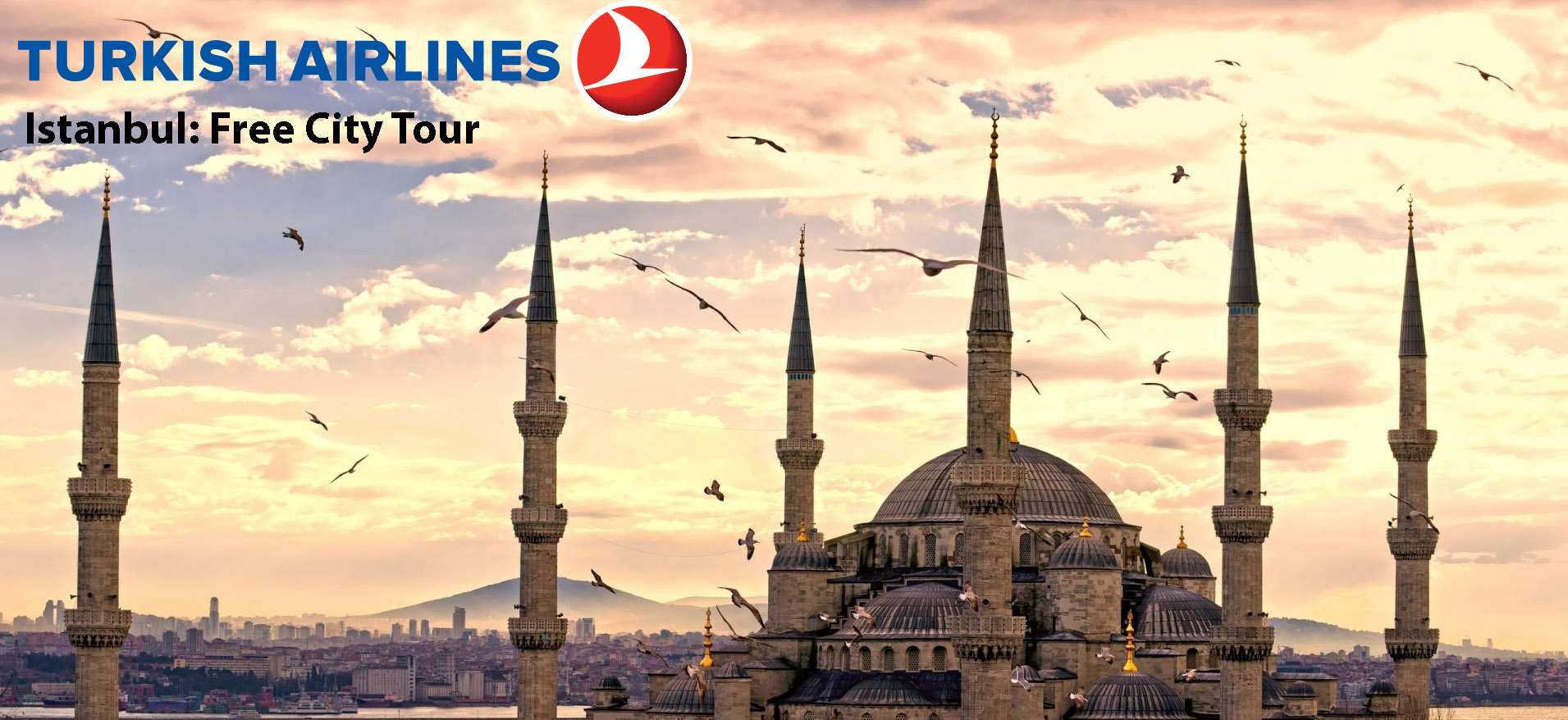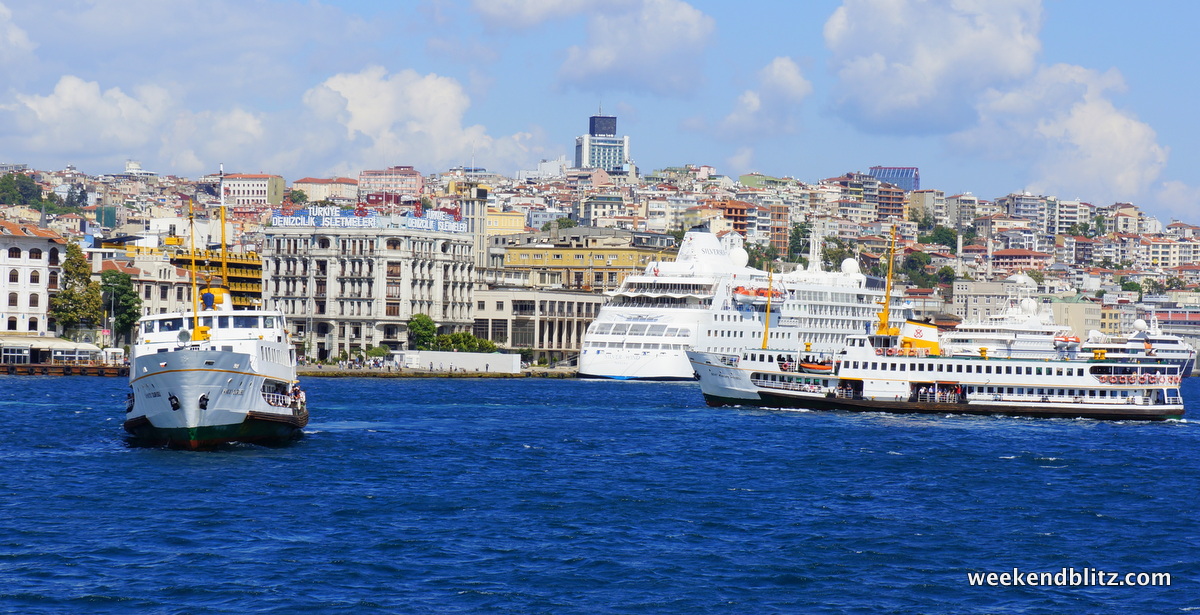Hagia Sophia / Ayasofya Review – Istanbul, Turkey
- Trying Out a real Turkish Bath – Istanbul, Turkey
- Tour of Dolmabahçe Palace – Istanbul, Turkey
- A Visit to the Blue Mosque – Istanbul, Turkey
- Grand Bazaar and Egyptian Spice Market – Istanbul, Turkey
- Istanbul: Taking a Ferry to Asia! / Ciya Sofrasi Restaurant Review
- Best Areas to Shop in Istanbul, Turkey
- Galata Tower Review – Istanbul, Turkey
- Exploring Istanbul: A Tour of Turkish Food
- Basilica Cistern (Yerebatan Sarnici) – Istanbul, Turkey Review and Photo Gallery
- Hagia Sophia / Ayasofya Review – Istanbul, Turkey
- Turkish Air Flight TK 8 – Washington-IAD to Istanbul-IST
- Award booking with United miles to Istanbul/Cappadocia, Turkey and Lisbon, Portugal
- All about our Turkey–Istanbul/Cappadocia–and Portugal Trip
Price: 25 TL (~$11.50 USD). It is also an included attraction with the “Museum Pass İstanbul” (cost of 85 TL).
Hours: Closed on Mondays! Open from 9am – 7pm during summer season and 9am to 5pm in the winter.
Our very first stop in Istanbul (after eating extra-tasty Turkish food, of course) was the Hagia Sophia, a prime example of Byzantine architecture. After sleeping off jet lag, we headed to the museum/church/mosque first thing in the morning. Luckily, the line wasn’t too long because it was early, but I’d suggest planning to spend a little while in line.
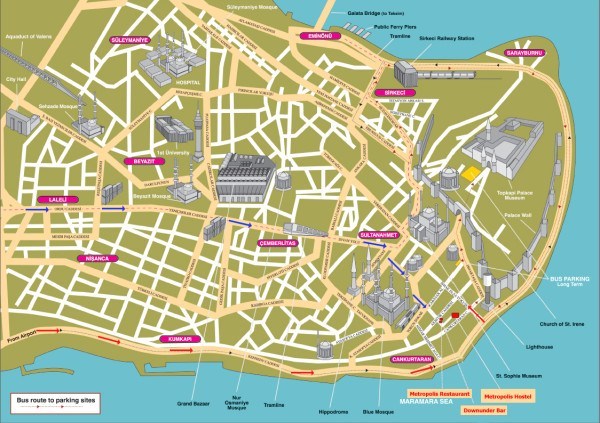
The Hagia Sophia is right in the heart of the Sultanahmet-Old City (also called “Historic Peninsula” or “Walled City”) district of Istanbul.
Hagia Sophia, a UNESCO World Heritage Site, was first built as a church in 537 AD. Then, from 1453 until 1931, it served as a mosque. Finally, in 1935, it was re-opened as a museum so that everyone would be welcome to come inside to the see the splendor that is its interior. Interestingly, it was the world’s largest cathedral until the Seville, Spain cathedral was built in 1520 (that’s just shy of 1,000 years with that prestigious title!).
Following the building’s conversion into a mosque in 1453, many of its mosaics were covered with plaster, due to Islam’s ban on representational imagery. This process was not completed at once, and reports exist from the 17th century in which travellers note that they could still see Christian images in the former church. (source: hagiasophia.co)
Needless to say, the museum has plenty of history within its walls, and it’s unique because its history spans two religions. Mosaics of Jesus and the apostles mixes with minarets elegantly and quite seamlessly. This museum is perhaps the best example of the city: just as the Hagia Sophia is a home to two world religions, Istanbul itself exemplifies the coming-together of Europe and Asia and a melting pot of culture.
BOTTOM LINE: Put the Hagia Sophia at the top of your list when you travel to Istanbul. If its the first place you visit, it really puts the whole city in perspective for you.
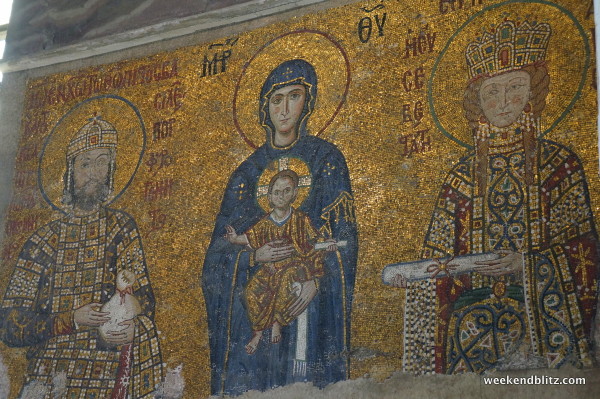
“Southwestern entrance mosaic: Virgin and Child flanked by Justinian I and Constantine I Southwestern entrance mosaics, situated in the tympanum of the southwestern entrance, date from 944. They were rediscovered during the restorations of 1849 by Fossati. The Virgin sits on a throne without a back, her feet resting on a pedestal, embellished with precious stones. The Child Christ sits on her lap, giving His blessing and holding a scroll in His left hand. On her left side stands emperor Constantine in ceremonial attire, presenting a model of the city to Mary.” hagiasophia.co
